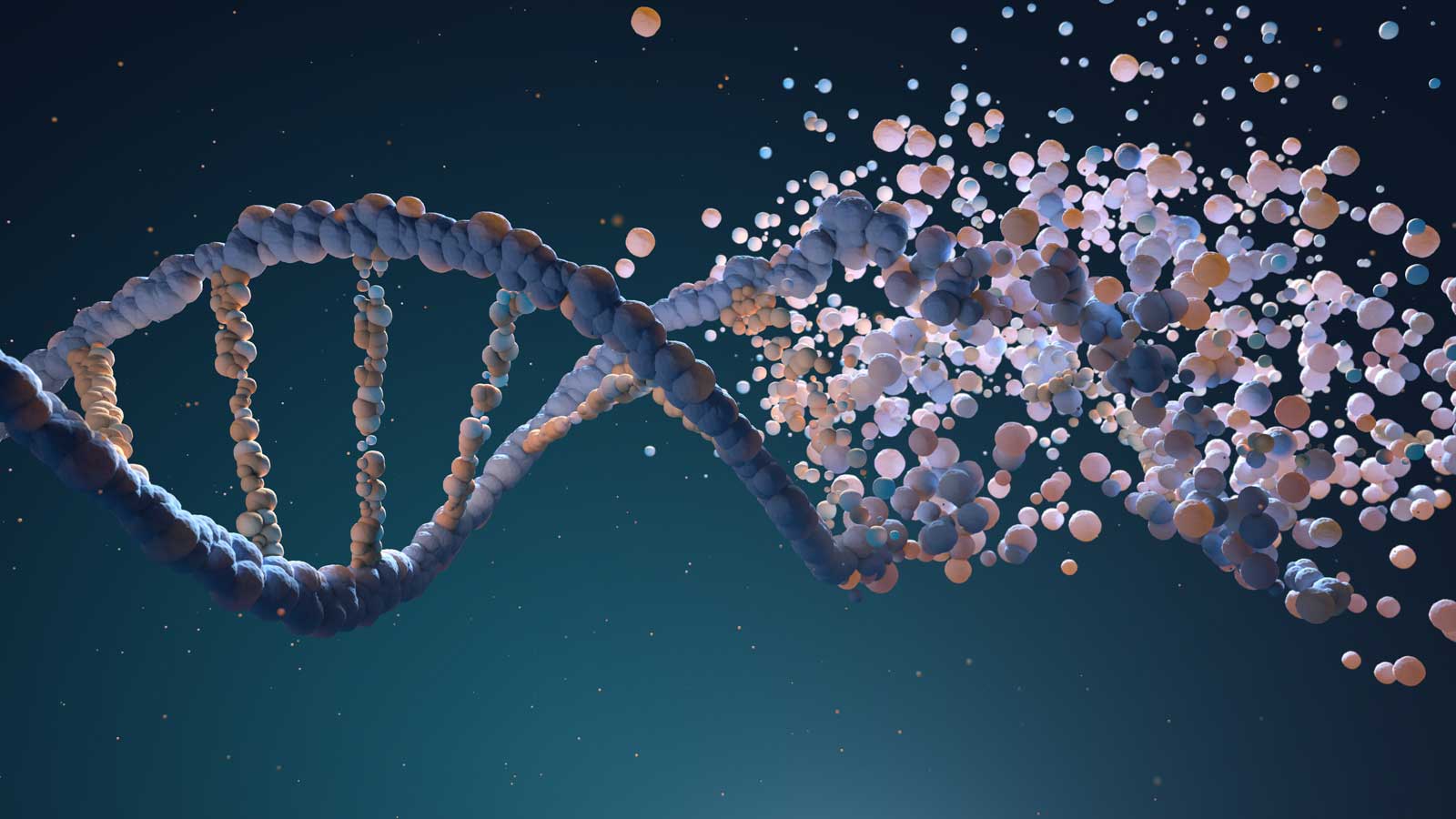Hormones are some of the most powerful influencers in our bodies, guiding everything from mood and energy to reproductive health and even our risk for certain diseases. Among these hormones, progesterone plays a particularly critical role. It is often thought of as the “pregnancy hormone,” but its influence extends far beyond reproduction. The relationship between progesterone, its synthetic cousins known as progestins, and the liver’s role in hormone metabolism is crucial to understanding its impact on health—especially in perimenopause.
In this blog, we’ll delve into the structural differences between progesterone and progestins, explore the vital role progesterone plays in protecting us from breast and uterine cancer, and explain why supporting progesterone levels is essential for long-term health, particularly during perimenopause.
What Are Progesterone and Progestins?
Progesterone is a natural hormone produced by the ovaries (primarily after ovulation) and is essential for regulating the menstrual cycle, supporting pregnancy, and maintaining a balanced hormonal environment. It plays a protective role in the body by helping balance the effects of estrogen. Estrogen can stimulate cell growth, while progesterone helps to inhibit excessive cell proliferation, particularly in the breast and uterine tissue. This balance is vital to preventing conditions like breast cancer or endometrial cancer.
On the other hand, progestins are synthetic compounds designed to mimic the effects of progesterone. They are commonly found in hormonal birth control, hormone replacement therapy (HRT), and other medications. However, the structure of progestins differs from natural progesterone in some significant ways.
Chemical Differences:
- Natural progesterone (also known as bioidentical progesterone) has a chemical structure that is identical to the progesterone naturally produced in the human body. It binds to progesterone receptors, triggering the same physiological responses as endogenous progesterone.
- Progestins, while they may act on progesterone receptors, have a different molecular structure. This alteration allows them to have distinct biological effects compared to natural progesterone. Some progestins, for example, can mimic certain properties of testosterone, which may lead to side effects such as acne, weight gain, or mood disturbances. Additionally, not all progestins offer the same protective effects against uterine cancer as natural progesterone does.
Why Does This Matter?
The key distinction here is that while progestins might “work” to regulate the menstrual cycle or prevent pregnancy, they may not provide the same protective benefits as natural progesterone. In particular, natural progesterone helps balance the overstimulation of estrogen, which, when left unchecked, can contribute to the development of hormone-driven cancers, such as breast and uterine cancer.
Progesterone and Cancer Prevention
Progesterone plays a central role in protecting against hormone-related cancers, particularly breast and uterine cancer. Here’s how:
- Breast Cancer: Estrogen, when not balanced by progesterone, can stimulate the growth of breast tissue, increasing the risk of cancer. Natural progesterone counters this effect by inhibiting the proliferation of cells in the breast. In the absence of progesterone, particularly in perimenopausal and postmenopausal women, estrogen can drive an increased rate of cell division in the mammary glands, which raises the risk of malignant transformation.
- Uterine Cancer: Estrogen promotes the thickening of the uterine lining (endometrium). When estrogen is unopposed by progesterone, the endometrium can become overly thickened, increasing the risk of endometrial cancer. Progesterone helps to keep the uterine lining in check by causing it to shed, reducing this risk.
By supporting natural progesterone production, either through lifestyle choices, nutrition, or supplementation, women can help balance their hormonal environment, mitigating the risks of these cancers.
Supporting Your Progesterone Levels
As we age, particularly during perimenopause, progesterone levels naturally decline. This shift can lead to an imbalance between estrogen and progesterone, which is associated with a number of symptoms like irregular periods, mood swings, hot flashes, and sleep disturbances. More concerning, this imbalance also increases the risk of estrogen-dominant conditions, including hormone-related cancers.
Fortunately, there are natural ways to support progesterone levels and reduce this risk:
- False Unicorn Root: This herb has been traditionally used to support female reproductive health. It’s believed to help regulate hormone production, particularly progesterone, and can aid in balancing estrogen levels, especially in cases of perimenopausal symptoms. False unicorn is thought to promote overall hormonal equilibrium by supporting the body’s natural production of progesterone.
- Chaste Tree (Vitex agnus-castus): Chaste tree is another well-known herb for supporting progesterone levels. It acts on the pituitary gland, helping to balance estrogen and progesterone by stimulating the production of luteinizing hormone (LH), which in turn encourages the corpus luteum to produce more progesterone. Vitex is often used in cases of irregular menstruation, PMS, and perimenopausal symptoms.
- Diet and Lifestyle: Eating a balanced diet rich in healthy fats, such as those found in avocados, nuts, and seeds, can help support hormone production. Avoiding excessive stress, which depletes progesterone, is also important. Additionally, maintaining a healthy liver is key to detoxifying excess estrogen and maintaining balanced hormone levels.
Progesterone and Perimenopause: Why It’s Crucial
Perimenopause is a transitional period that begins several years before menopause. During this time, the ovaries gradually produce less progesterone, leading to an estrogen-dominant state. This imbalance can lead to symptoms such as mood swings, hot flashes, and sleep disturbances, but it also has serious long-term health implications.
COMT, MNSOD, and CYP1B1 Genes: Genetic Predispositions to Cancer Risk
In perimenopause, women may be more vulnerable to breast cancer due to the combination of hormonal imbalances and genetic predispositions. Three key genes—COMT, MNSOD, and CYP1B1—play a critical role in how the body processes estrogen. When these genes are not functioning optimally, they can elevate the risk of hormone-related cancers, particularly breast cancer.
- COMT (Catechol-O-Methyltransferase): The COMT gene is responsible for the breakdown of estrogen and other catecholamines. If you inherit a version of this gene that is less efficient at metabolizing estrogen, estrogen levels can accumulate in the body. This excess estrogen, when unopposed by progesterone, can lead to estrogen-driven cell growth, increasing the risk of breast and uterine cancers. Inefficient COMT metabolism may also result in higher levels of estrogen metabolites that are more potent in promoting tumor growth.
- MNSOD (Manganese Superoxide Dismutase): MNSOD is an antioxidant enzyme responsible for protecting cells from oxidative damage. If this gene is underactive due to genetic variations, cells are more vulnerable to oxidative stress, which can lead to DNA damage and the initiation of cancer. In the context of hormone-related cancers, oxidative stress can exacerbate the carcinogenic effects of estrogen, particularly in tissues like the breast and uterus, which are sensitive to hormonal fluctuations.
- CYP1B1 (Cytochrome P450 1B1): The CYP1B1 gene encodes an enzyme involved in the metabolism of estrogen. Specifically, it converts estrogen into more potent metabolites, some of which are considered more carcinogenic. If CYP1B1 is overactive, it can lead to an increase in these harmful estrogen metabolites, heightening the risk of estrogen-driven cancers. Furthermore, an overactive CYP1B1 can skew estrogen metabolism in a way that promotes the growth of abnormal cells in hormone-sensitive tissues.
The Triple Threat: COMT + MNSOD + CYP1B1
When any combination of these three genes is compromised, the body’s ability to detoxify estrogen effectively is diminished, and the risk of developing hormone-driven cancers, like breast cancer, significantly increases. This is especially relevant during perimenopause when progesterone levels decline, and estrogen dominance becomes more pronounced.
Supporting progesterone levels, either through natural methods or, in some cases, supplementation with bioidentical progesterone, can help offset these genetic vulnerabilities. By restoring balance between estrogen and progesterone, you can reduce the likelihood of developing hormone-driven cancers.
Conclusion: Longevity and Hormonal Health
Our hormonal health is deeply intertwined with our overall well-being, and balancing progesterone levels is a crucial piece of the puzzle. Whether you’re in your 30s, experiencing perimenopause, or entering menopause, paying attention to your progesterone levels can help prevent cancer, support reproductive health, and improve quality of life.
Herbs like false unicorn and chaste tree can play a supportive role, but lifestyle changes—including stress management, diet, and liver support—are equally important in maintaining optimal hormonal balance. During perimenopause, paying special attention to how your body metabolizes estrogen and how your liver functions can help reduce your cancer risk. Supporting progesterone innately is not just about easing symptoms—it’s about long-term health, vitality, and longevity.
By taking steps to support your body’s natural progesterone production, you are not only taking charge of your current health but investing in your future. After all, hormonal balance is key to feeling your best at any stage of life.








